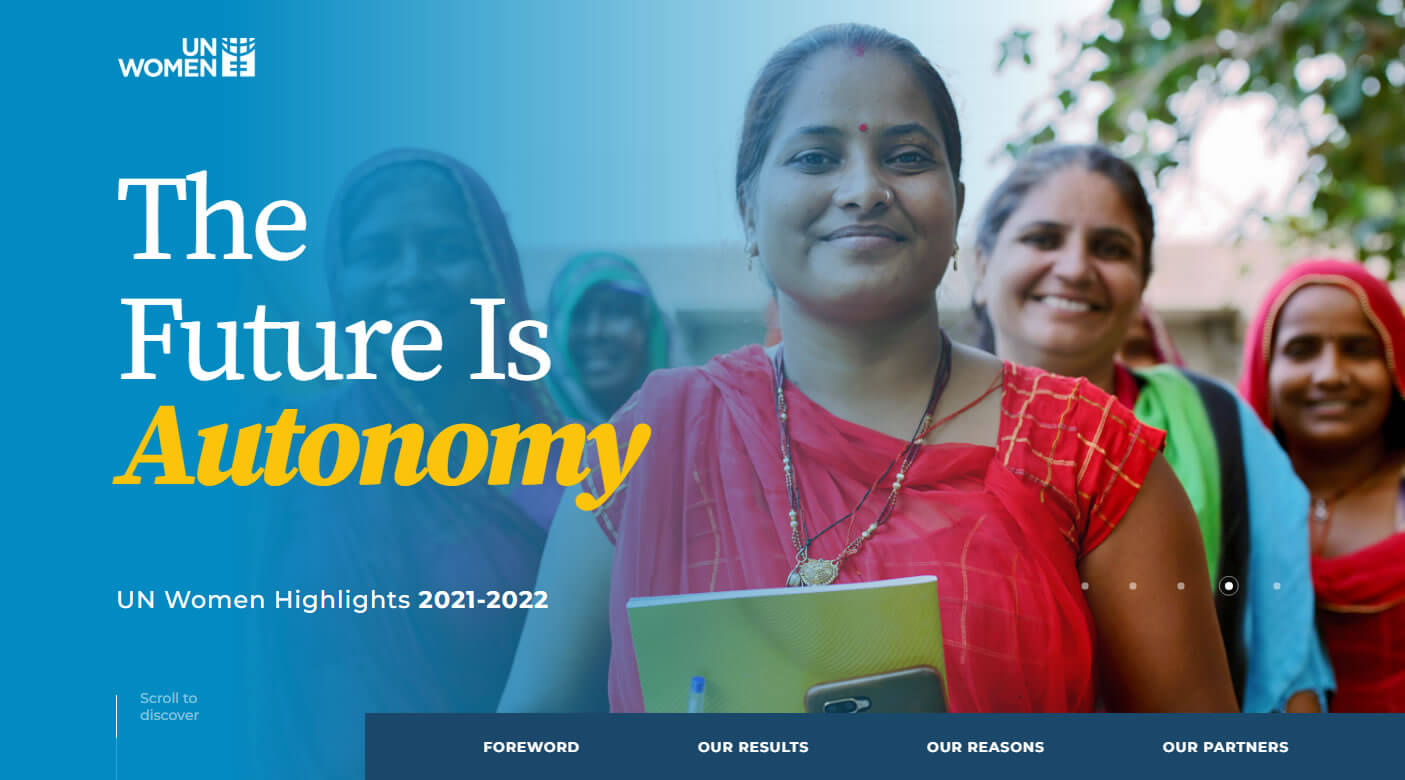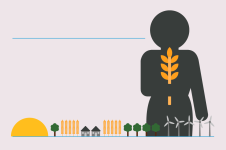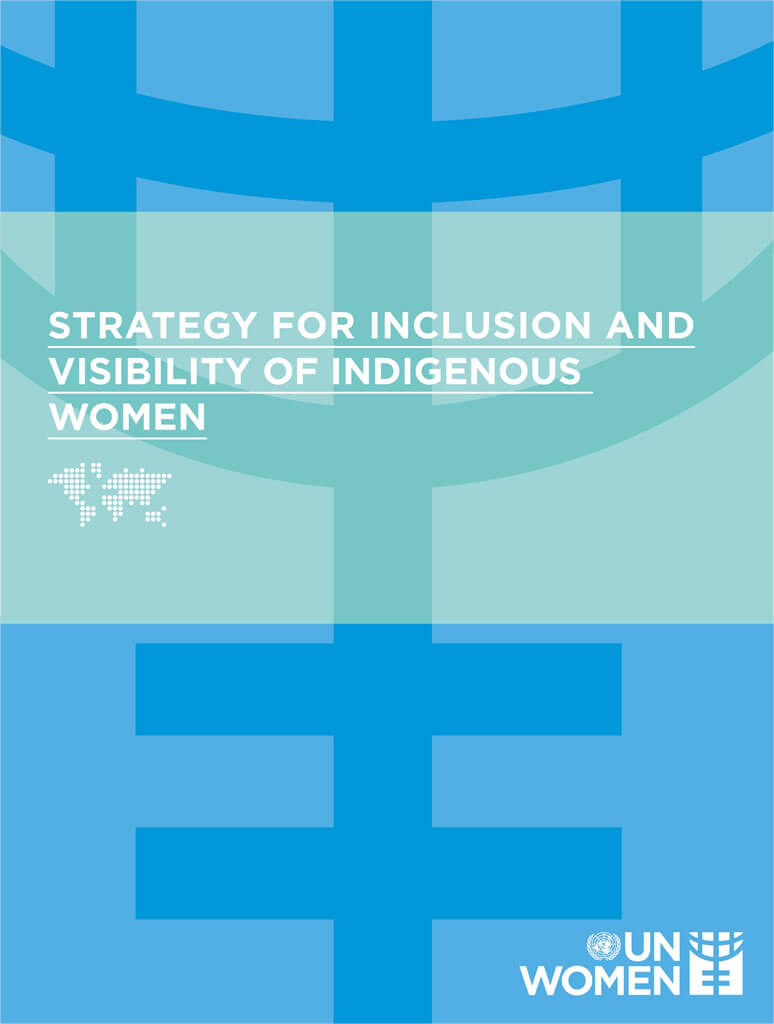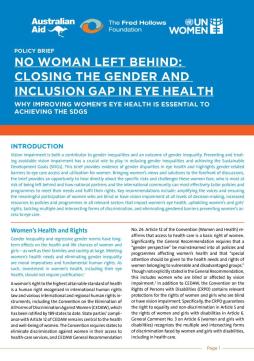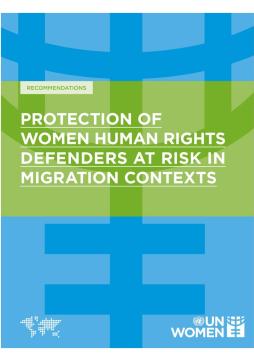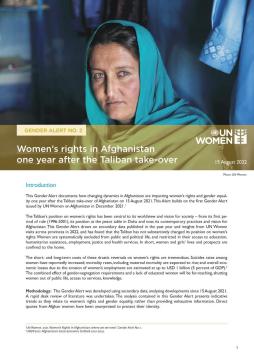Strategy for inclusion and visibility of indigenous women
“Leave no one behind” is a core pillar of the 2030 Agenda for Sustainable Development and a programming principle of the UN system. Available data reflects significant disparities between indigenous and non-indigenous women’s access to social services, economic opportunities, and political participation. The integrity and security of indigenous women’s ancestral lands, natural resources, traditional livelihoods, languages, and cultures are also threatened by encroachment and erosion.
Indigenous women are determined to preserve their distinct cultures and traditions and are also working to build awareness of women’s human rights among their own communities. They have engaged as visible change agents in landmark processes such as the Fourth World Conference on Women in Beijing and related review processes, sessions of the Commission on the Status of Women (CSW), annual sessions of the United Nations Permanent Forum on Indigenous Issues (UNPFII), the World Conference on Indigenous Peoples (WCIP) of 2014, the 2030 Agenda for Sustainable Development, and various sessions of the Conference of the Parties on Climate Change.
UN Women’s “Strategy for inclusion and visibility of indigenous women” harnesses the organization’s long-standing commitment to indigenous women. This strategy reflects a recommendation of the UNPFII to UN Women and other UN agencies to produce organizational frameworks of action to guide their work on indigenous issues and the UN Secretary-General’s System-wide Action Plan on the Rights of Indigenous Peoples (UN-SWAP). It represents the organization’s first official frame of reference for bringing its programming on indigenous issues to scale in a coherent and consistent manner across the organization.




